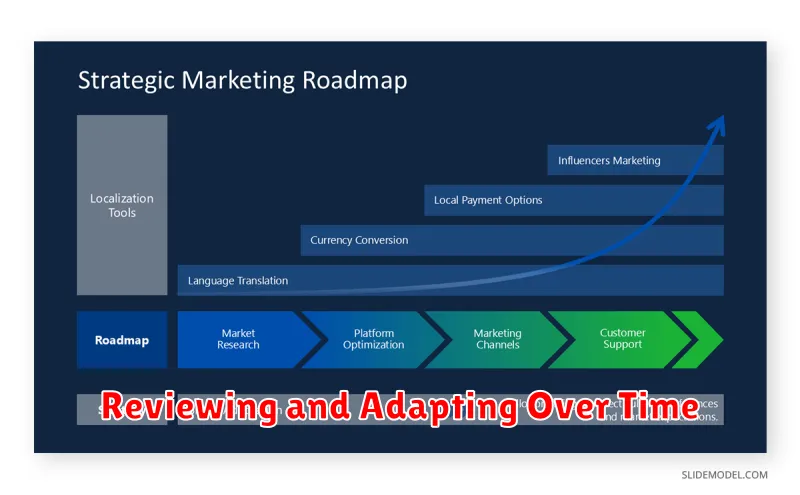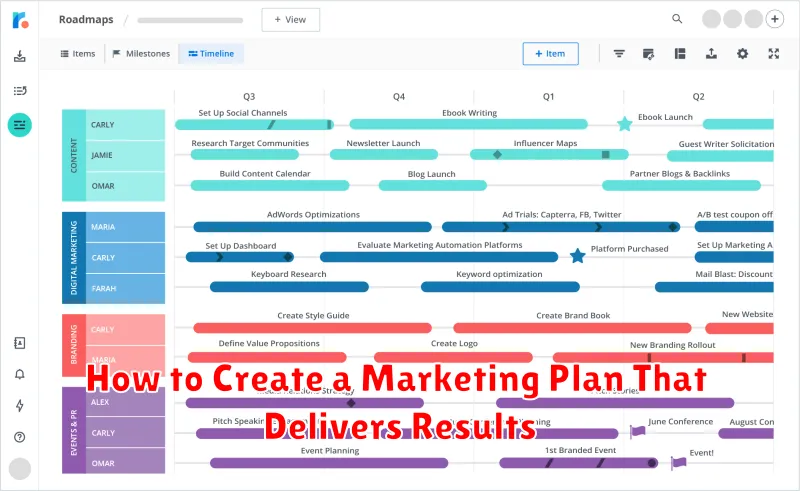In today’s competitive business landscape, a well-defined marketing plan is no longer a luxury, but a necessity. A robust marketing plan provides a strategic roadmap, guiding your efforts and ensuring that your resources are utilized effectively to achieve measurable results. This article will provide a comprehensive guide on how to create a marketing plan that not only looks good on paper, but actually delivers results, driving growth and maximizing your return on investment.
Whether you’re a startup seeking to establish your brand or an established business aiming to expand your market share, this guide will equip you with the essential tools and knowledge to craft a winning marketing plan. Learn how to define your target audience, analyze your competition, establish clear marketing objectives, and select the most effective marketing strategies. We’ll explore the key components of a successful marketing plan, from conducting a thorough market analysis to developing a comprehensive budget and measurement plan. By following these steps, you can create a marketing plan that delivers tangible results and propels your business forward.
Why a Solid Marketing Plan Matters
In today’s competitive landscape, a well-defined marketing plan is essential for success. It serves as a roadmap, guiding your efforts and ensuring that resources are used effectively.
Without a plan, marketing activities become disjointed and inefficient. A solid plan helps you focus your resources, target the right audience, and measure the effectiveness of your campaigns. This ultimately leads to a stronger return on investment (ROI).
A robust plan also helps you adapt to market changes and stay ahead of the competition. By outlining clear objectives and strategies, you’re better equipped to navigate challenges and capitalize on opportunities.
Key Elements of a Marketing Plan
A well-structured marketing plan includes several key elements working together to achieve desired outcomes. It starts with a comprehensive market analysis, understanding your target audience, competitors, and industry trends.
Defining clear and measurable marketing objectives is crucial. These objectives should align with overall business goals and be specific, measurable, achievable, relevant, and time-bound (SMART).
Strategic planning involves selecting the right marketing mix, including product, price, place, and promotion strategies, tailored to your target market.
Finally, a budget and implementation plan are essential for putting the plan into action and tracking progress. Regular monitoring and evaluation allow for adjustments and optimization throughout the campaign.
Setting Realistic and Trackable Goals

A successful marketing plan hinges on well-defined goals. These goals should be both realistic, achievable within your resources and timeframe, and trackable, allowing you to measure progress and make necessary adjustments.
Start by identifying your key performance indicators (KPIs). These metrics will quantify your success. Examples include website traffic, conversion rates, lead generation, and sales revenue. Ensure your chosen KPIs align with your overall business objectives.
Establish specific targets for each KPI. Instead of aiming for “increased brand awareness,” strive for a “20% increase in website traffic within three months.” This specificity provides a clear benchmark for evaluating your performance.
Choosing the Right Channels
Selecting the right marketing channels is crucial for reaching your target audience effectively. Channel selection should align with your overall marketing objectives and budget. Consider where your ideal customers spend their time and which platforms they engage with most.
Key channels to consider include:
- Social Media: Platforms like Facebook, Instagram, and Twitter offer targeted advertising and organic reach.
- Email Marketing: Directly reach customers with personalized messages and promotions.
- Search Engine Optimization (SEO): Improve your website’s visibility in search engine results.
- Paid Advertising: Utilize platforms like Google Ads for targeted advertising campaigns.
Carefully evaluate each channel’s potential return on investment (ROI) and choose the ones that best suit your business needs.
Reviewing and Adapting Over Time

A marketing plan isn’t a static document. The market changes, your business evolves, and your target audience’s behavior shifts. Regular review is essential to ensure your plan remains effective.
Schedule periodic reviews, perhaps quarterly or bi-annually, to assess performance against key metrics. Track your key performance indicators (KPIs) and identify what’s working and what’s not. Analyze data from website analytics, sales figures, and customer feedback.
Based on your analysis, adapt your strategies. This could involve refining your messaging, adjusting your budget allocation, or exploring new marketing channels. Be flexible and willing to make changes based on data and market trends. Consistent review and adaptation are crucial for maximizing your marketing plan’s success.

